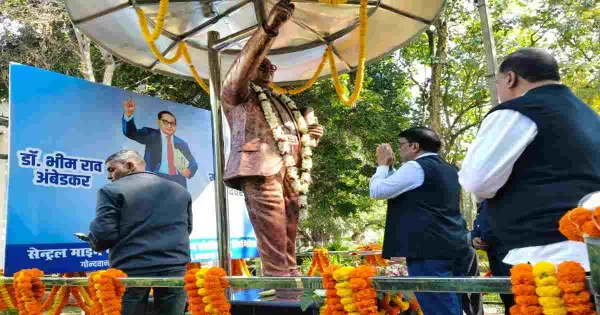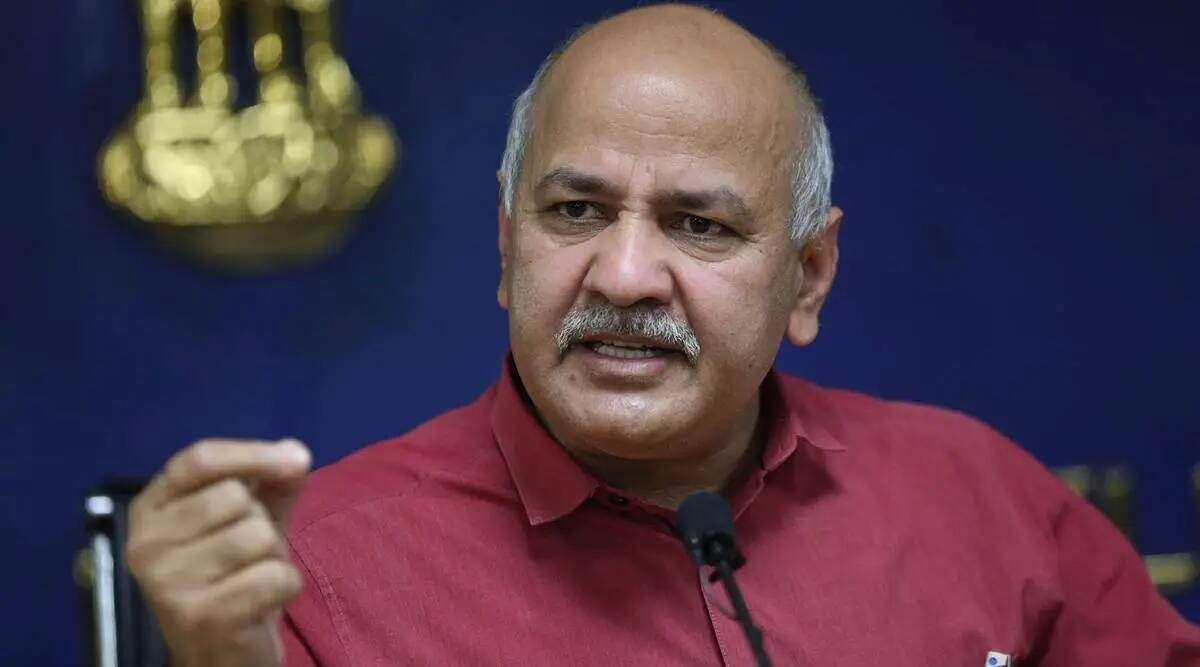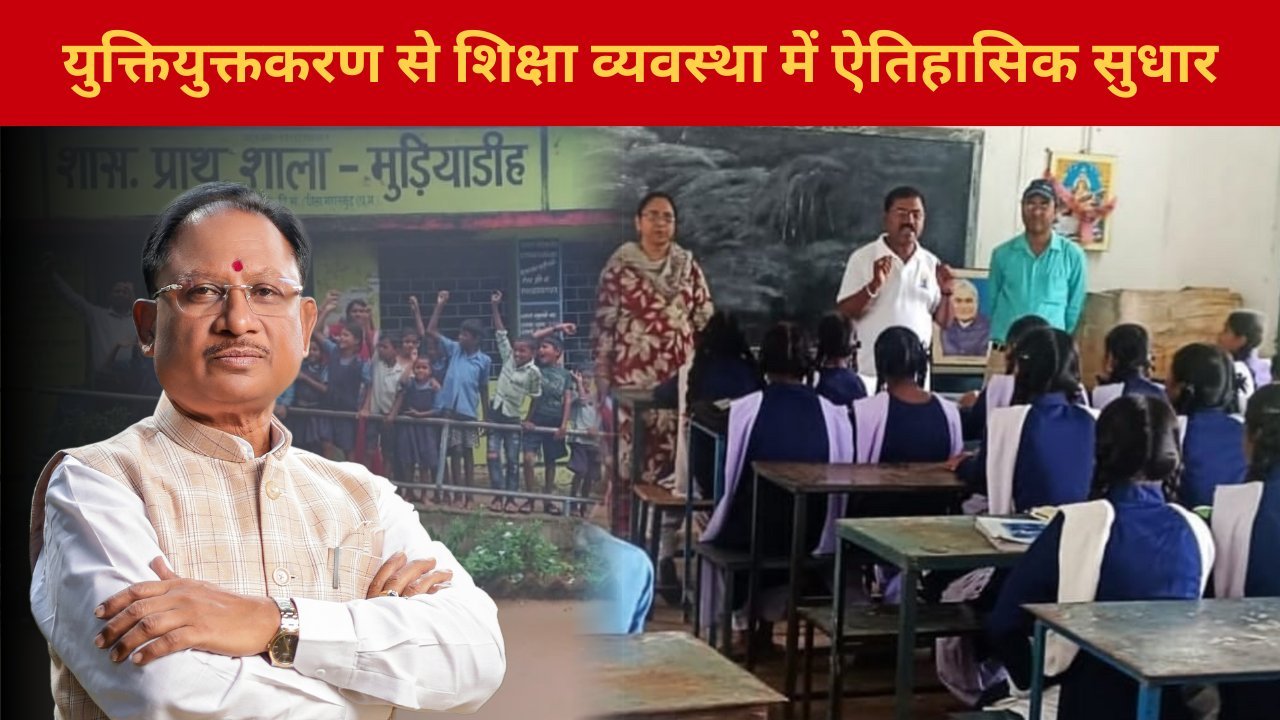Subscribe to Updates
Get the latest creative news from FooBar about art, design and business.
Browsing: Education Policy
The Agricultural University, Sabour, has been awarded an A grade by the National Assessment and Accreditation Council (NAAC), marking a significant achievement…
Tamil Nadu Chief Minister M K Stalin on Wednesday alleged that the NEP was a Saffron policy aimed at developing Hindi and…











